There’s nothing more delicious than a dahlia. Having zoomed up the style stakes from old hat to unbelievably hip, dahlias are stealing hearts left, right and centre and no modern garden should be without one. If you think that growing dahlias is an art shrouded in mystery, only to be embraced by the most green-fingered among us, think again. Dahlias are far easier to grow than tradition would have us believe.
Tougher new varieties alongside our changing climate mean that it’s no longer true that all dahlia tubers must be whipped out of the ground at the first whiff of a frost. Choose the right varieties and you can have a dazzling display of delicate pom-poms or dinner-plate dahlias without any of the faff, and success is down to simple common sense, not some notion of luck written in the stars!
Get your tubers planted in early spring, and you’ll have strong little plants by the time the frosts have ended in May. And with hundreds of flowers emerging from one tuber over many months, there are few outdoor plants that are better bang for your buck.

When to plant dahlias in the UK
Dahlias are tender tubers, which means they won’t survive a frost. You can wait and plant them straight out in the garden once the chance of frost has passed – this is usually mid to late May, depending on where you live.
If you want slightly earlier flowers and you have a frost-free greenhouse or conservatory – or just a windowsill in a cool room will do if you’re just growing a few – you can start them off in pots in April or early May, before planting them outside after the frosts have passed. This is what we like to do, as it takes all the guesswork out of the process, and only takes 10 minutes to sort.
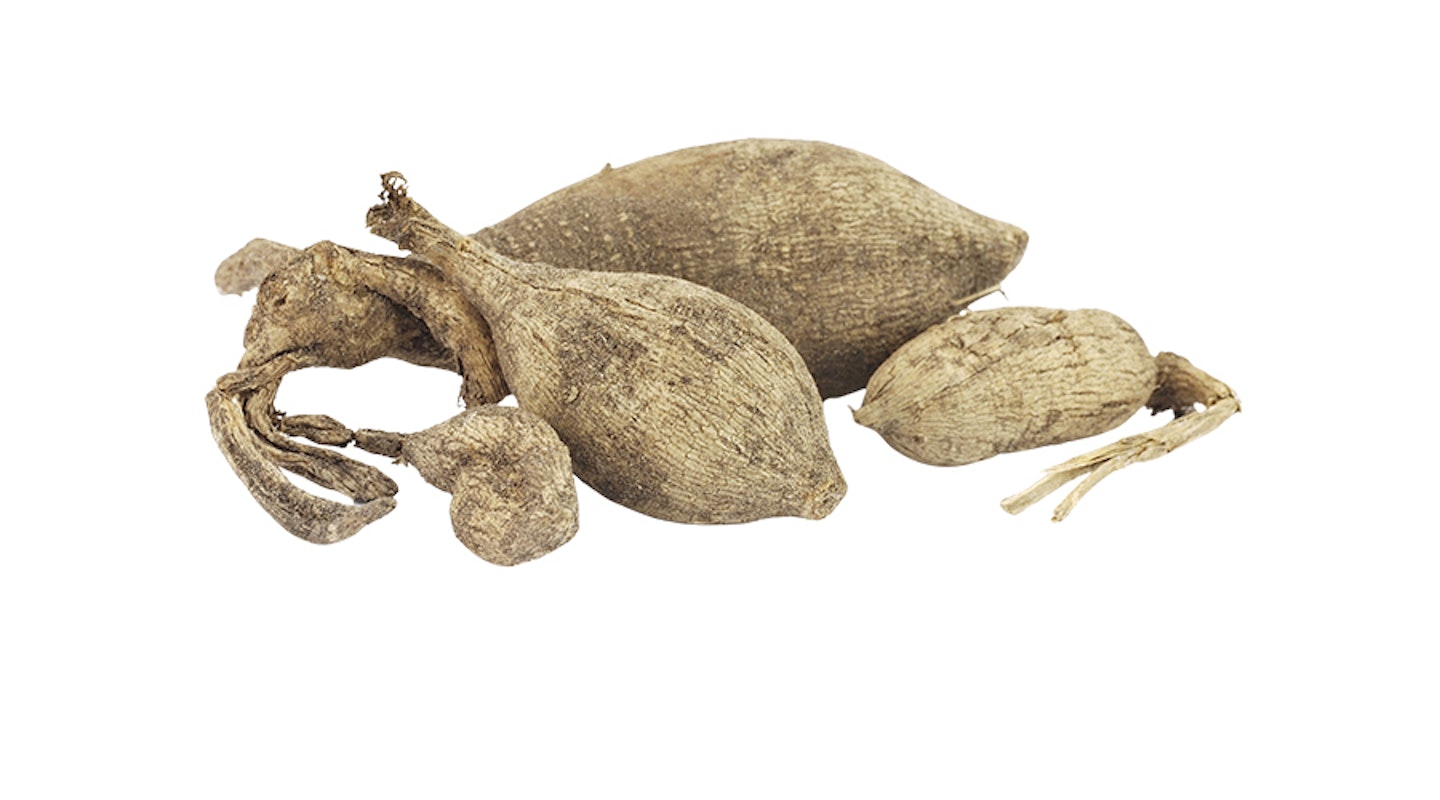
A tuber is a swollen fleshy root that stores nutrients and energy to help fuel a plant’s growth in spring.
Select the smallest pot that will fit your tuber and fill it a third full with multipurpose compost. Place the tuber on top of the compost with last year’s stem facing upwards. Add more compost around the tuber and frequently tap the pot to settle the compost around it, leaving the stem showing. Lightly water using your watering can, then put it in a greenhouse or on a cool windowsill. Don’t water again until you see green shoots and, only water lightly.
Shoots will appear in two to three weeks, though some varieties may take a bit longer.
Where do I buy dahlia tubers?
It’s much cheaper to buy dormant dahlia tubers from January to May, than it is to buy potted-up-and-growing plants in June. Look in your garden centre, but you’ll find a far wider variety online. Often available to pre-order, it’s worth choosing ahead as favourite varieties often sell out. Give the tubers a squeeze to check they’re firm before buying or when they land on your doormat, and keep them in a cool dry place until you’re ready to plant them.
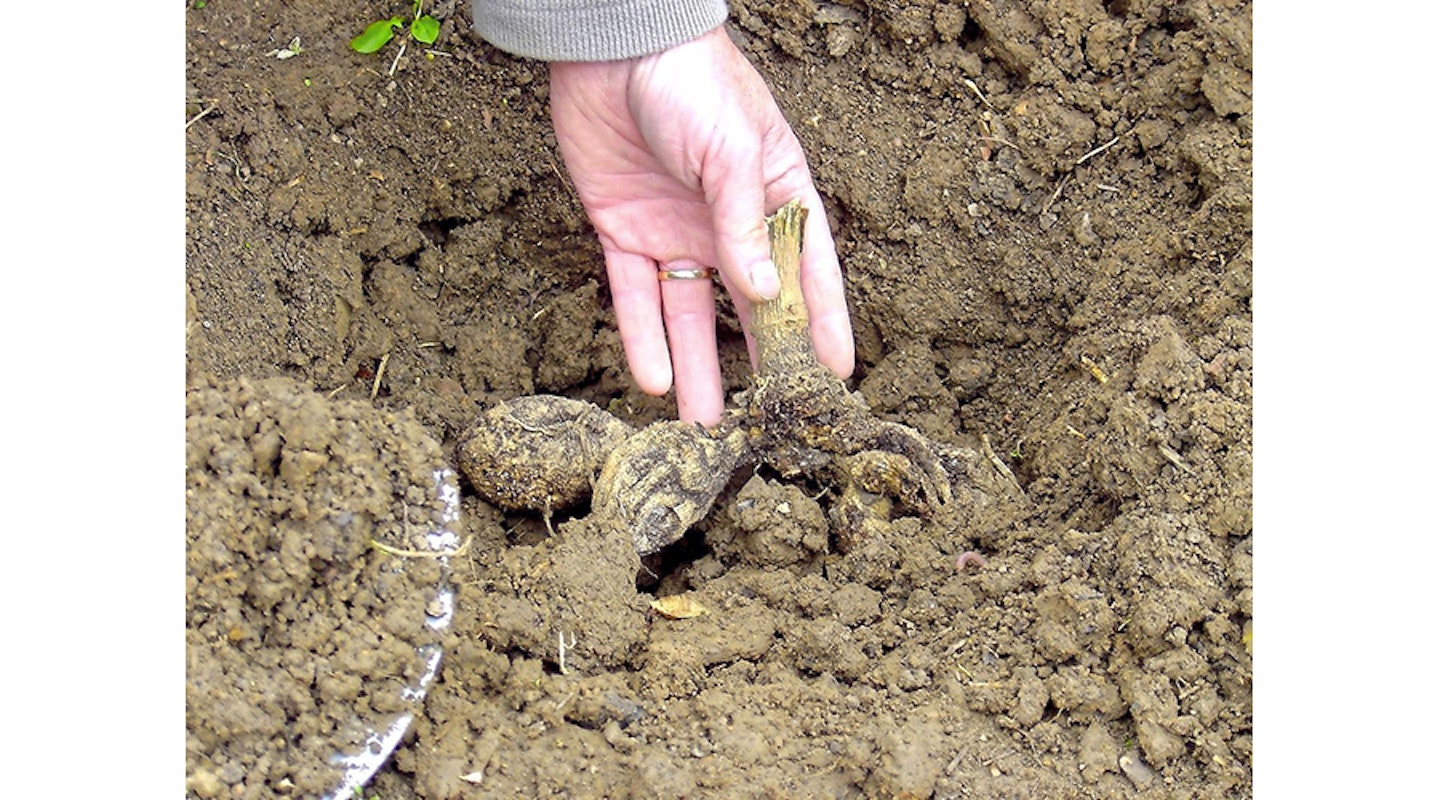
When should dahlias go outside?
As soon as you’re happy the frosts have finished (hurrah!), get your young plants used to being outside. Acclimatise them, so they don’t get the shock of their lives, by popping them outside during the day but bringing them back inside before nightfall, over a period of several weeks. Then choose a sunny sheltered position and for each plant, dig a hole that’s at least 30cm square and 30cm deep. Space the plants according to the variety, but usually around 60cm apart.
Add plenty of any multipurpose compost and farmyard manure to the hole, and some slow-release dahlia fertiliser or plant food. If you’ve got heavy clay soil that sticks to your spade, add several large handfuls of grit to the planting hole too. It’s good to get a sturdy stake in place at this stage, so there’s no chance of damaging the tuber – simply knock it into the ground next to the hole. Slip your plant from its pot and place it in the hole with the tubers just below the soil surface, and backfill the soil around the rootball. Water well.
Should you pot dahlias?
If you’ve left it a little late to start your tubers off in pots, you don’t have the space, or you simply don’t fancy the faff, just plant them straight into the ground in May, once you’re pretty sure the frosts are over. Plant them as you would if you’re planting out dahlia plants that you’ve started off in pots, but add a 7.5cm layer of multipurpose compost to the surface of the soil once you’re done, or you could use a cloche or horticultural fleece.
It’s perfectly possible to grow dahlias in pots but do choose more compact varieties, and the pot needs to be at least 30cm in diameter and 40cm deep. Use peat-free multipurpose compost and add a
slow-release dahlia fertiliser to ensure strong growth, planting the tubers just under the compost surface.
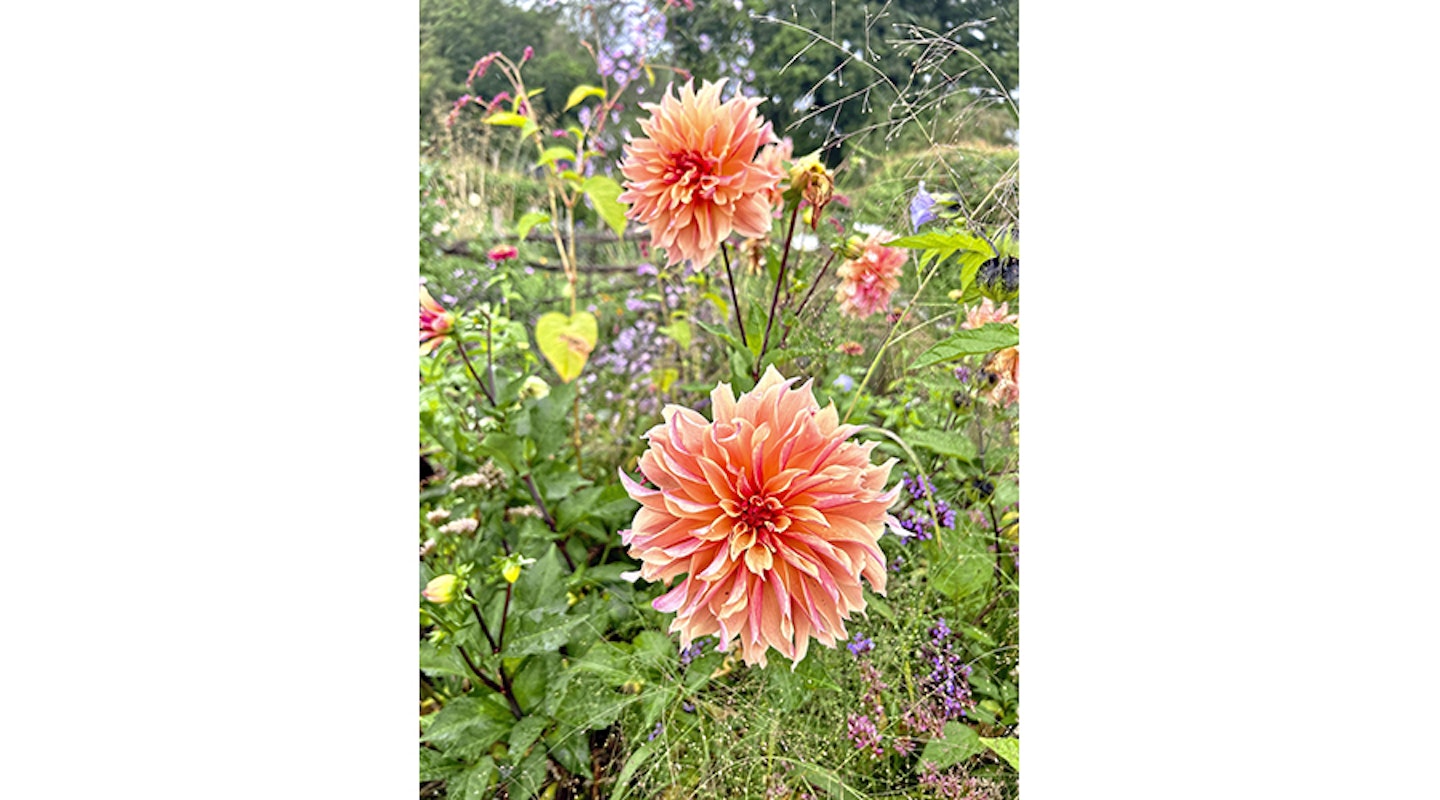
Top tip: For cut flowers, harvest when blooms are three-quarters of the way open, otherwise they might not unfurl.
How to get the most out of your dahlias
There are some very simple secrets to success, whichever way you’ve started off your dahlias. Once the shoots start growing, wait until there are three pairs of leaves on a main shoot, then snip off the tip above the highest set of leaves. You can use a sharp knife or simply pinch the stem between your thumb and forefinger. Once the plant has grown some more, remove all but five shoots sprouting from the tuber, leaving the strongest ones. This will ensure you have vigorous strong stems with loads of flowers! When your dahlia starts flowering (in July for most varieties), snip off the top of the leading stem – this will encourage the plant to grow more side shoots, and so more flowers.
Once your dahlia starts growing, it’ll romp away pretty quickly, so every couple of weeks, tie any new shoots to the stake using string in a figure-of-eight pattern. Keep your plant watered in hot and dry weather, aiming to water deeply once a week rather than watering little and often, to encourage strong roots to grow down in search of water. Plants in containers will need to be watered more regularly.
The more flowers you pick for a vase, the more blooms will grow, over a longer period. And do snip off any fading flowers too. Always cut the stem off just above a pair of leaves, rather than just snipping off the flower. Treating your plant to a potassium-rich liquid fertiliser, such as tomato feed, will also boost bloom production – apply this fortnightly to plants in the ground or weekly to plants in containers, from early July to early September.
How to care for dahlias in the winter
These tender tubers need to be kept cosy over the winter months, and how you do it will depend on your garden. Obviously you need to think about how cold your garden gets but, more importantly, consider how wet it is. Because dahlia tubers hate constant wet! If you have light sandy soil that drains well, then you’ll most likely be able to leave your tubers in the ground in all but the coldest parts of the country. But if you have heavy clay soil that stays soggy, it’s best to dig up your tubers and store them over the winter.
Overwintering the tubers in the ground is a lower-maintenance option, but can be a bit of a risk. If you’re not sure, then we think it’s always worth a try to find out, and the cost of perhaps having to buy new tubers is worth it for the potential of an easy life! Wait until the plant turns black in the first frost, then cut it down to ground level and cover with a dense 10cm duvet of bark chips or compost. Make sure the mulch covers the entire area around the tuber and, in spring, scrape it back from the very centre.

In addition, a cloche or any other protective cover that could shield your tuber from the winter cold and wet will help. A neat trick is to place a ring of large pebbles around it to create a warmer microclimate. These will warm up in the sun during the day and then release their heat at night when temperatures fall.
Don’t want to risk it because you’ve got a cold and soggy plot? Wait until the plants turn black in the first frost or, if there hasn’t been a frost, until mid-November, and dig the tubers up. Use a fork, taking care not to damage the tubers, and shake off as much soil as you can. Cut the stems to about 5cm and trim the hairy roots off. Check for any damaged tubers and throw these away as they’re likely to rot.
Wash the tubers with a hose or bucket of water and leave them to dry out for two to three weeks in a frost-free place that’s out of direct sunlight. In a cardboard box or any other breathable container, put a thin layer of dry compost, sand or wood shavings in the base. Do make sure whatever you use is bone dry, otherwise the tubers may start growing or rotting. Place the tubers on top and cover with more dry compost, sand or wood shavings. Store in a cool dark place that stays frost-free over the winter such as a shed or garage.
Dahlia planting FAQs
What if my stored dahlia tubers look a bit mouldy when I open the box in spring?
Don’t panic! Give the tubers a squeeze and if they’re not squishy, just scrape the mould off, wipe with kitchen paper and carry on as normal. If most of the tuber is firm and there are just a few squishy sections, cut off the spongy bits and it’s likely to be fine.
What should I do if my tubers start growing shoots in storage?
If it’s before the end of February, pot them up but keep them in a dark cool frost-free place to slow down any further growth. If it’s any later in the year, then pot them up and pop on
a cool windowsill.
Will the tubers multiply?
Yes, and you can get lots of new plants for free. You can cut the new tubers away from the mother tuber
in spring before you plant them – you should be able to see the swollen eye on any viable new tubers, which is where the new shoots will grow from. Can’t see any eyes? Give the tubers some light for a couple of days and you’ll soon spot them. Lots of people regularly throw away the older mother tuber and just keep young tubers, as they’re generally more productive.
Types of dahlia to grow
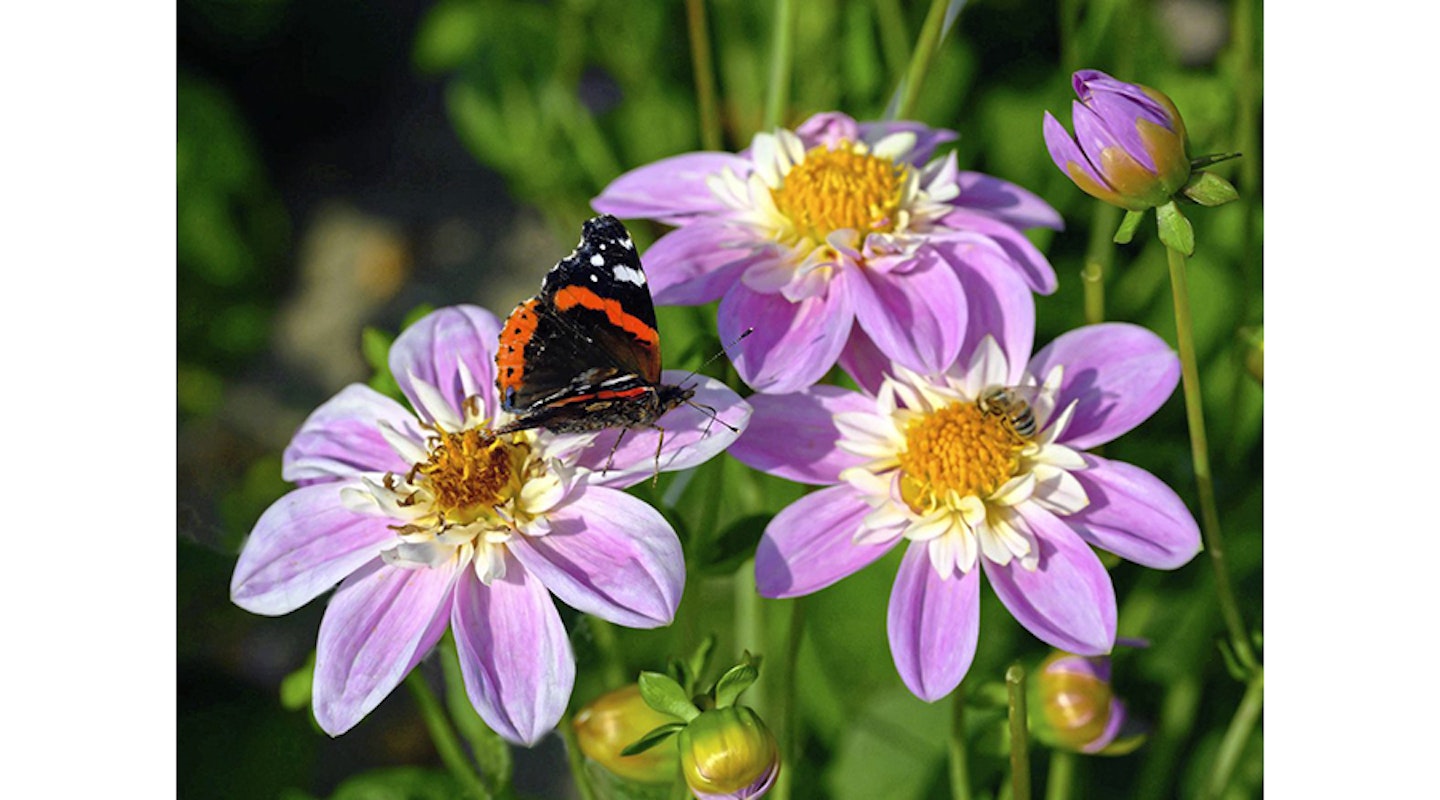
If you want to feed pollinators, choose varieties with an open accessible centre. These little stunners are ‘Famoso’ and are compact enough to love life in a patio pot. £4.55/1 tuber farmergracy.co.uk
There are oodles of dahlia varieties in so many colours and shapes, but these are the snazzy swipe-right blooms we currently adore…
‘Octopus Sparkle’
This quirky character with an intriguing shape in a fab coral colour looks right at home in a tropical border. £6.90/1 tuber farmergracy.co.uk
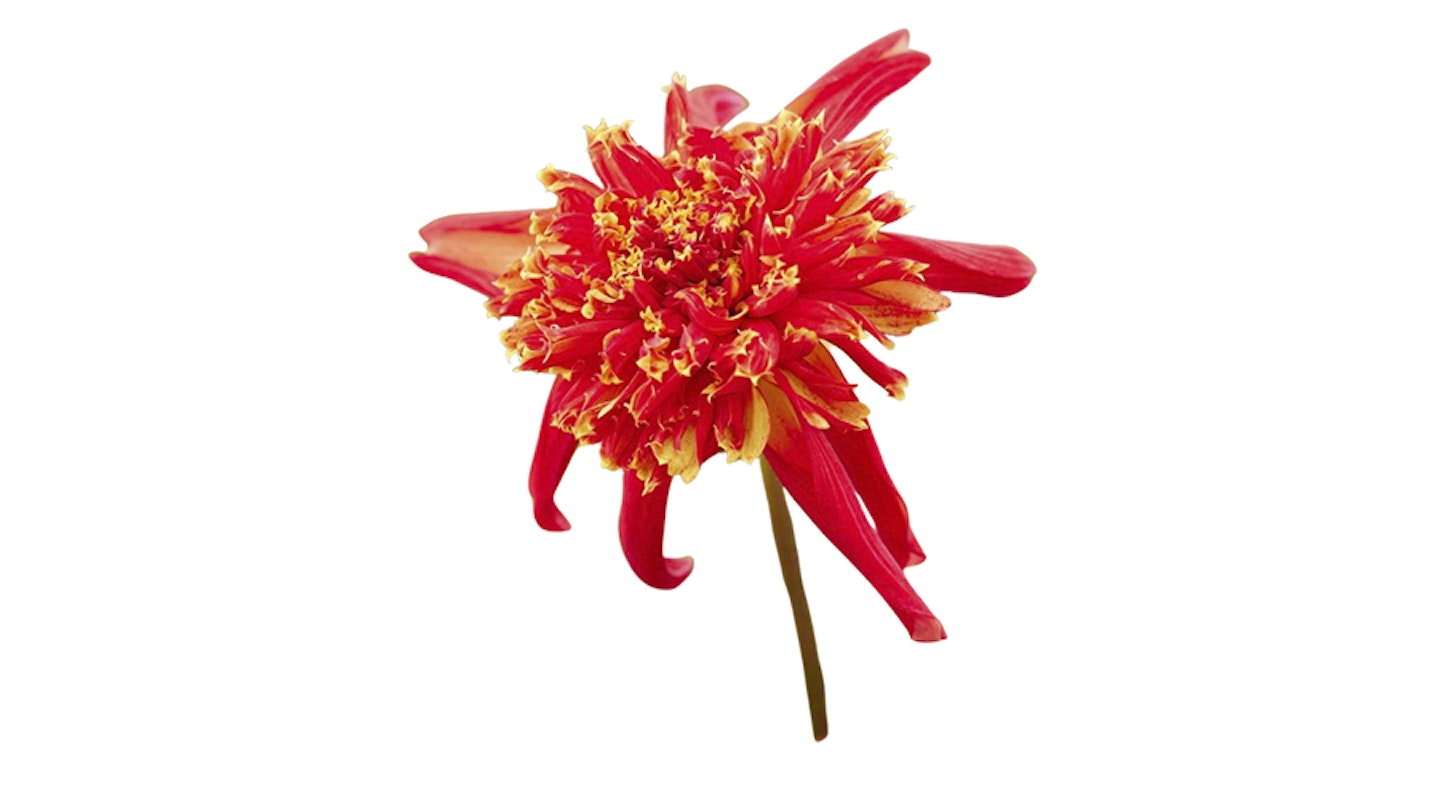
‘Chimacum Davi’
If you’re a fan of symmetry then these blush blooms are the sweetest and most perfectly formed
pom-poms. £5.25/1 tuber farmergracy.co.uk
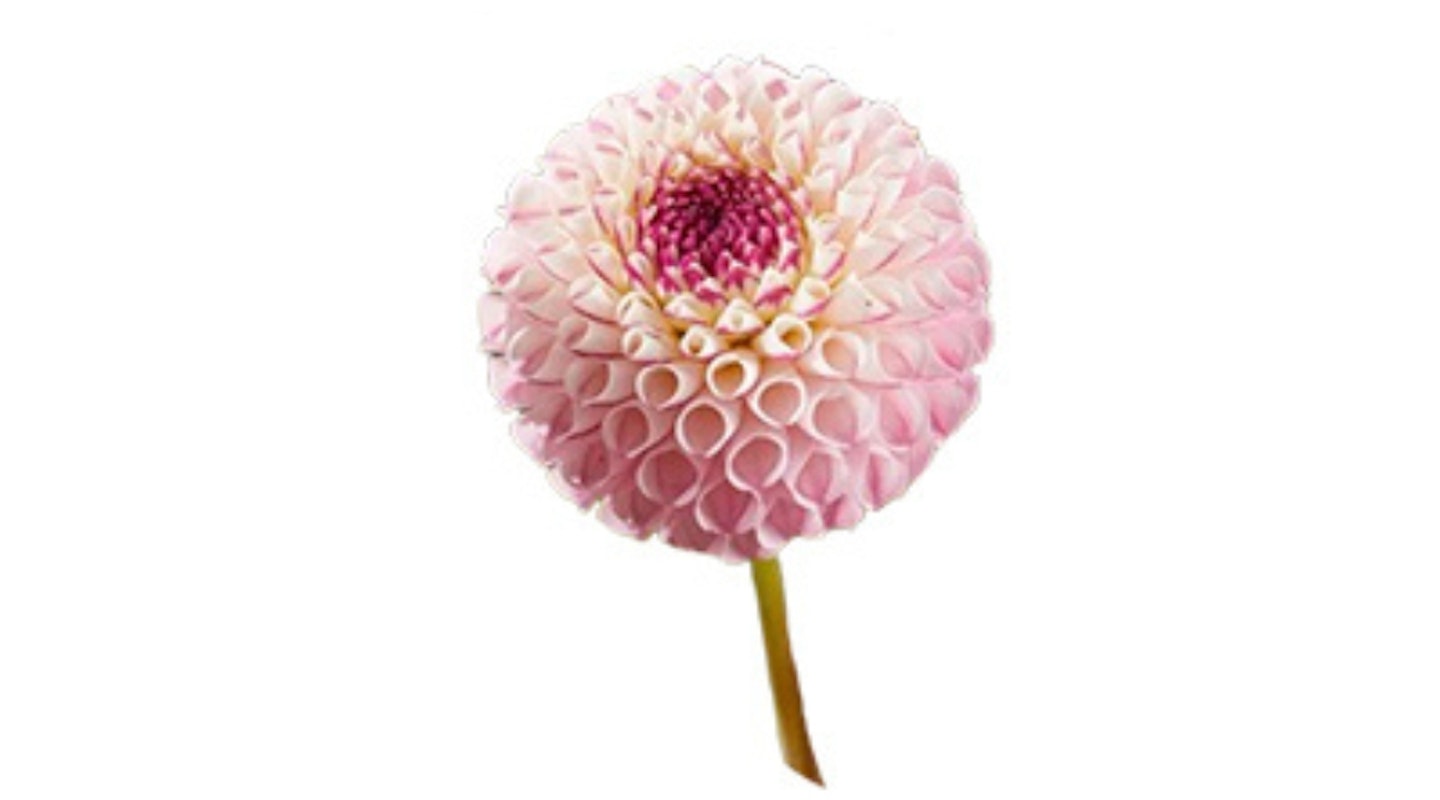
‘Verrone’s Obsidian’
Also known as ‘Honka Black’, these sultry deep red blooms will bring star quality to your borders. £4.45/1 tuber dutchgrown.co.uk
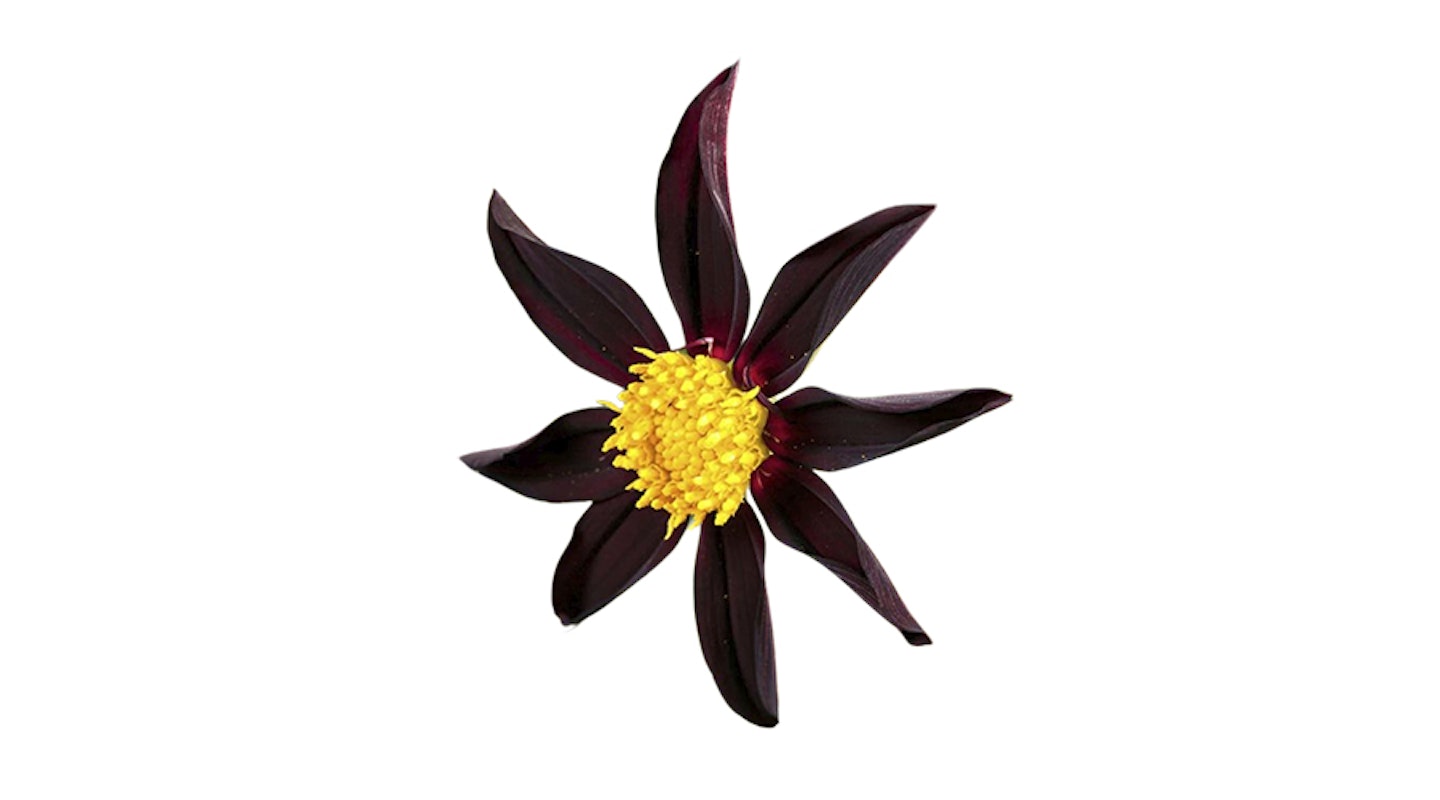
‘Shaggy Chic’
Teasingly tactile, the 15cm blooms have a yellow undertone that makes the pink pop. £5/1 tuber rosecottageplants.co.uk

‘Autumn Orange’
Flickering flame petals will bring warmth and life to a border in on-trend coral tones. £4.50/1 tuber sarahraven.com
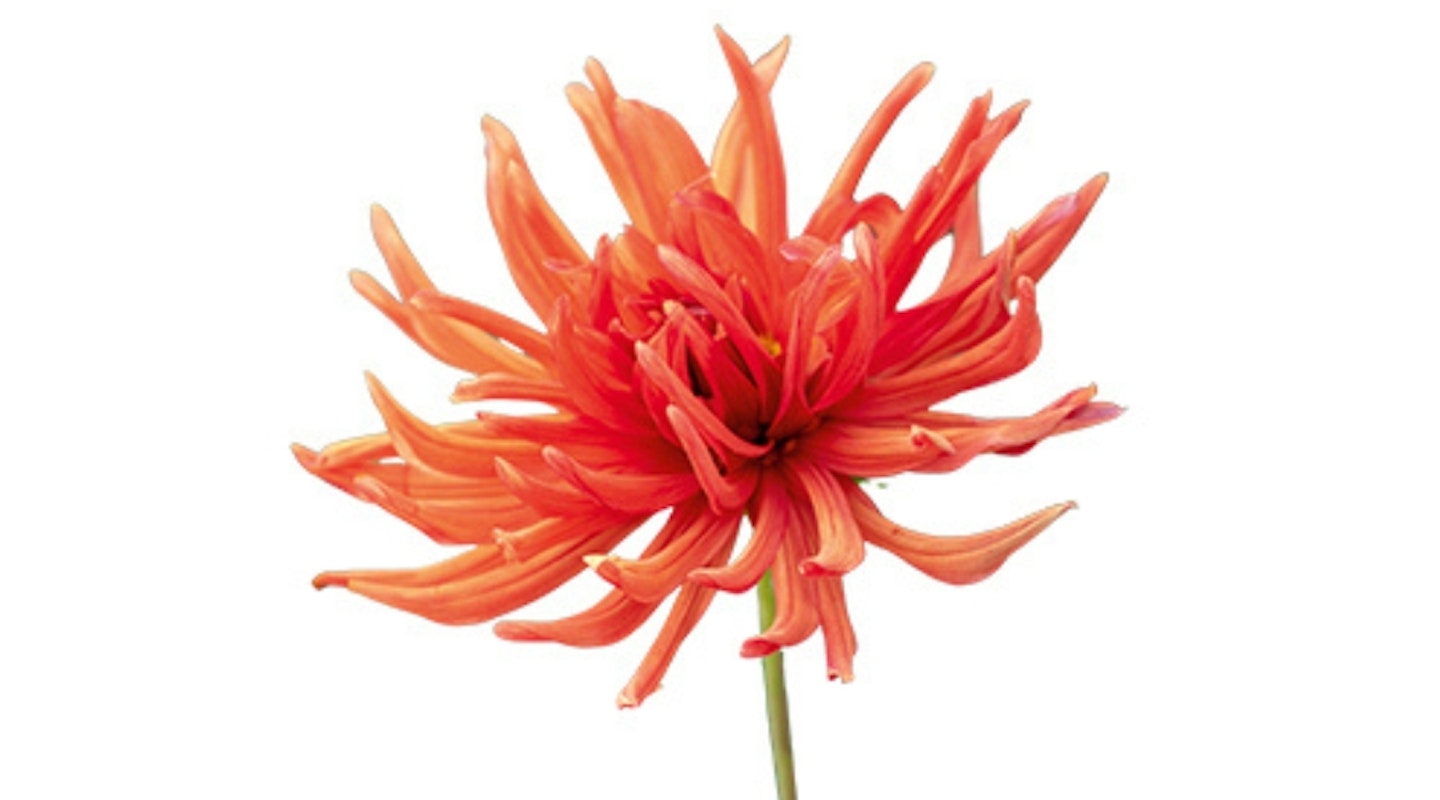
‘Night Silence’
In glorious dusky plums and pinks, a plethora of 15cm blooms exude vintage charm. £4.95/1 tuber dahliabeach.co.uk
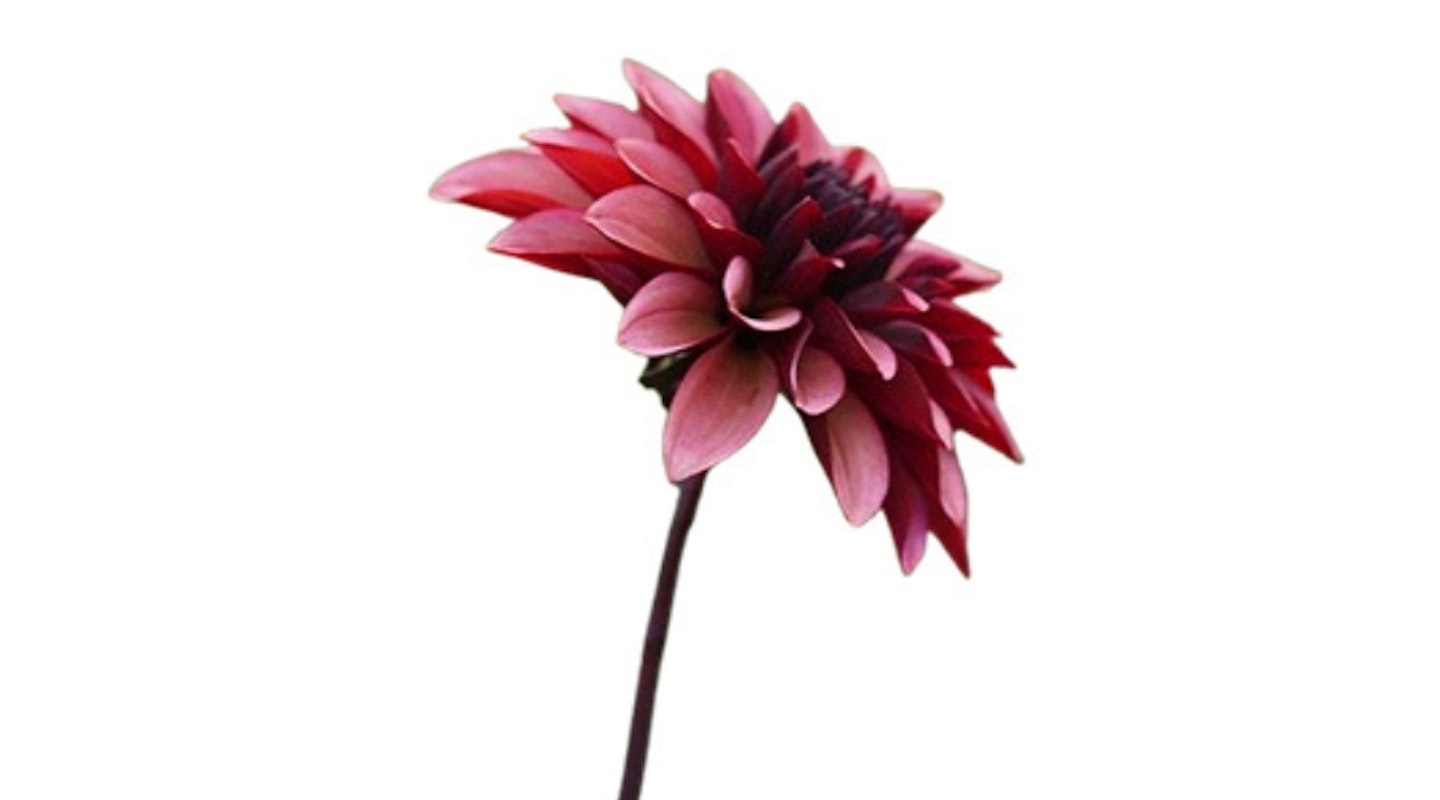
Hardy varieties
Try these tougher-than-most varieties if you’ve got a problem plot or want an easy life…
Exposed plot
Growing to 60cm on super-strong stems, the vivid blooms of ‘Happy Single Juliet’ shouldn’t need staking even in a windy spot. £3.20/1 tuber peternyssen.com
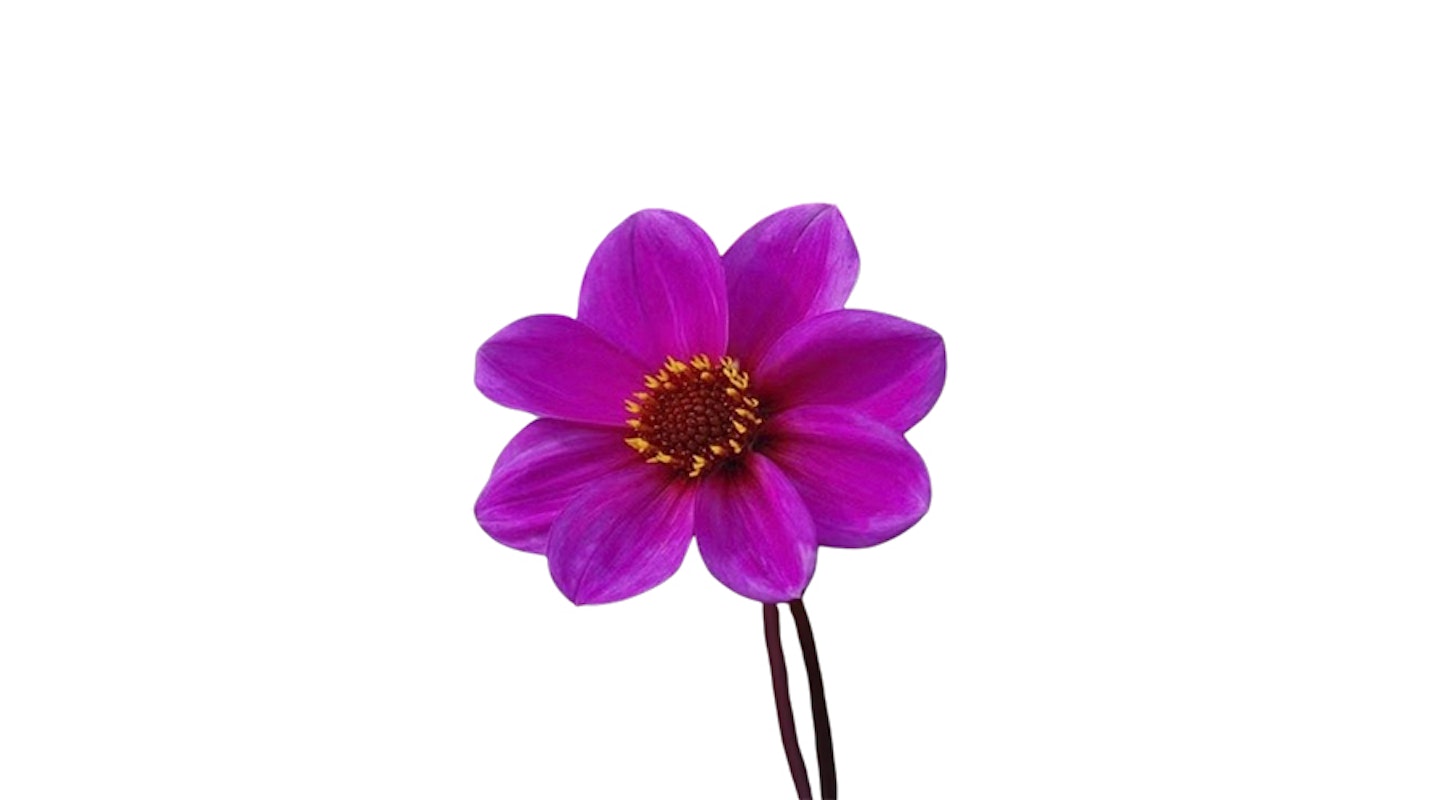
Regular rainstorms
‘Bora Bora’ is a cactus variety that’s less prone to being weighed down by summer downpours.
£4.60/1 tuber dutchgrown.co.uk
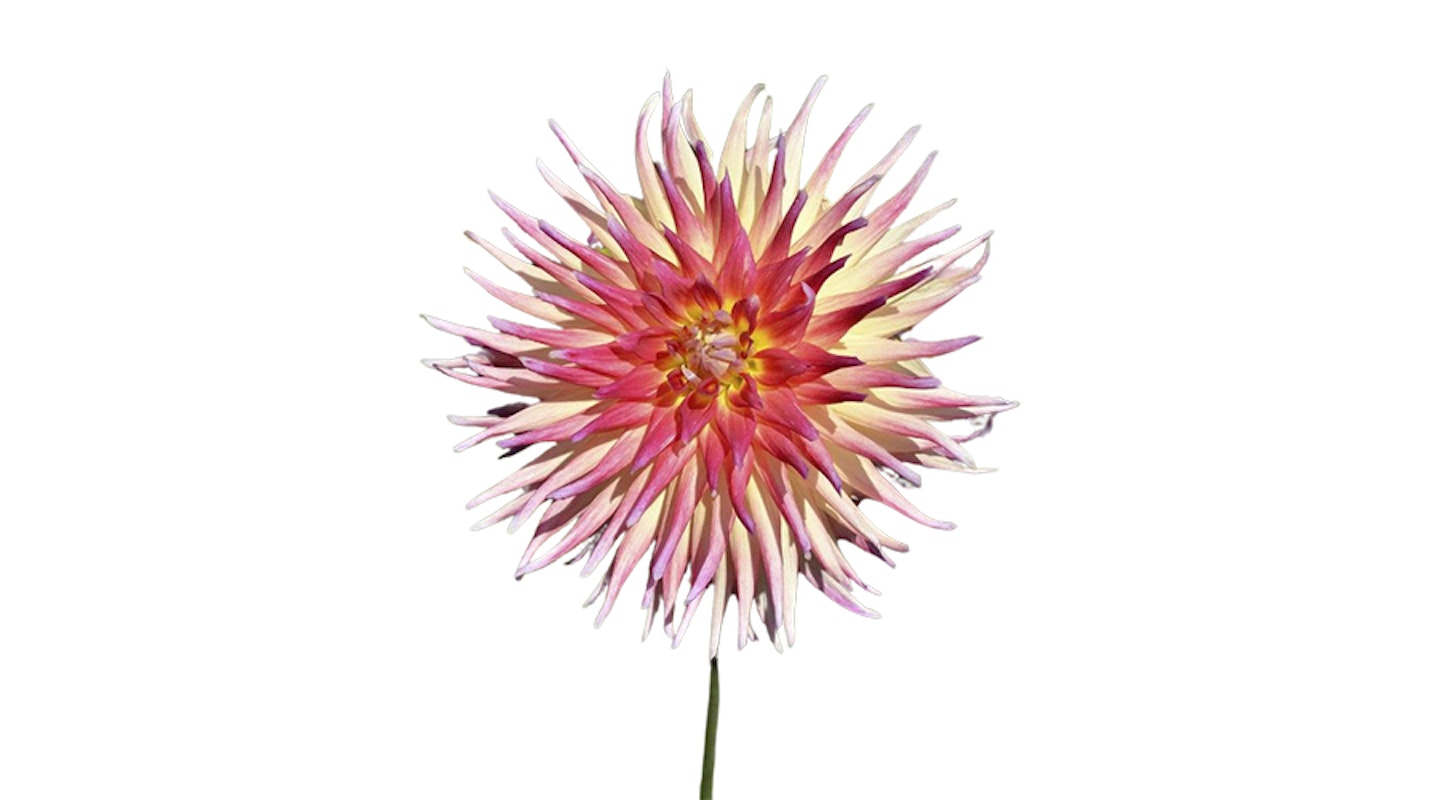
Too lazy to deadhead
‘Twyning’s After Eight’ will keep on flowering well, even if you’re not all over the deadheading. £5.95/1.5L pot proctorsnursery.co.uk
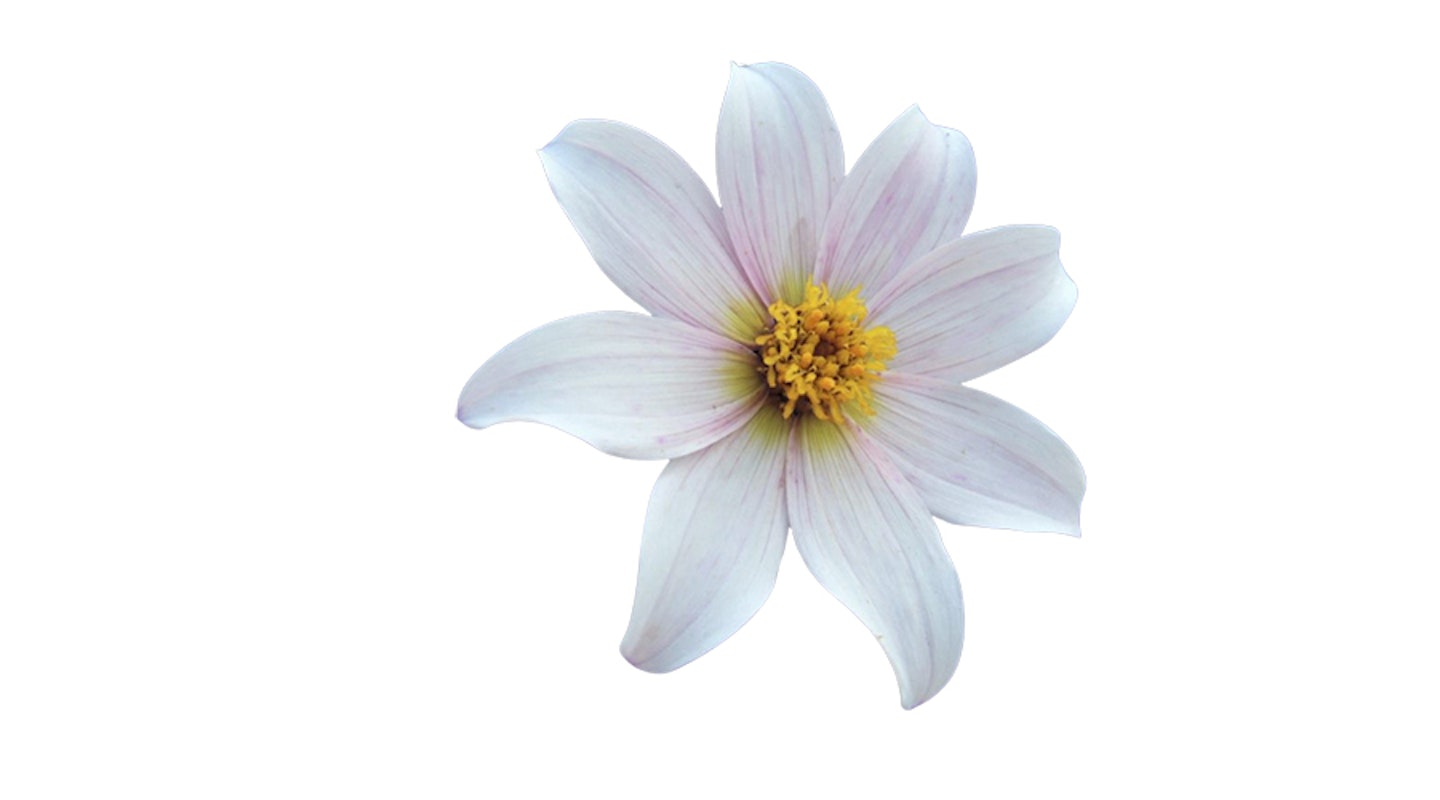
Pesky pests
If you struggle with lots of critters in your plot, ‘Sandra’ has good pest and disease resistance.
£4.55/1 tuber farmergracy.co.uk

Chilly plot
Hailing from cooler higher altitudes, Dahlia merckii is perhaps the hardiest of all. £6.99/1 tuber crocus.co.uk
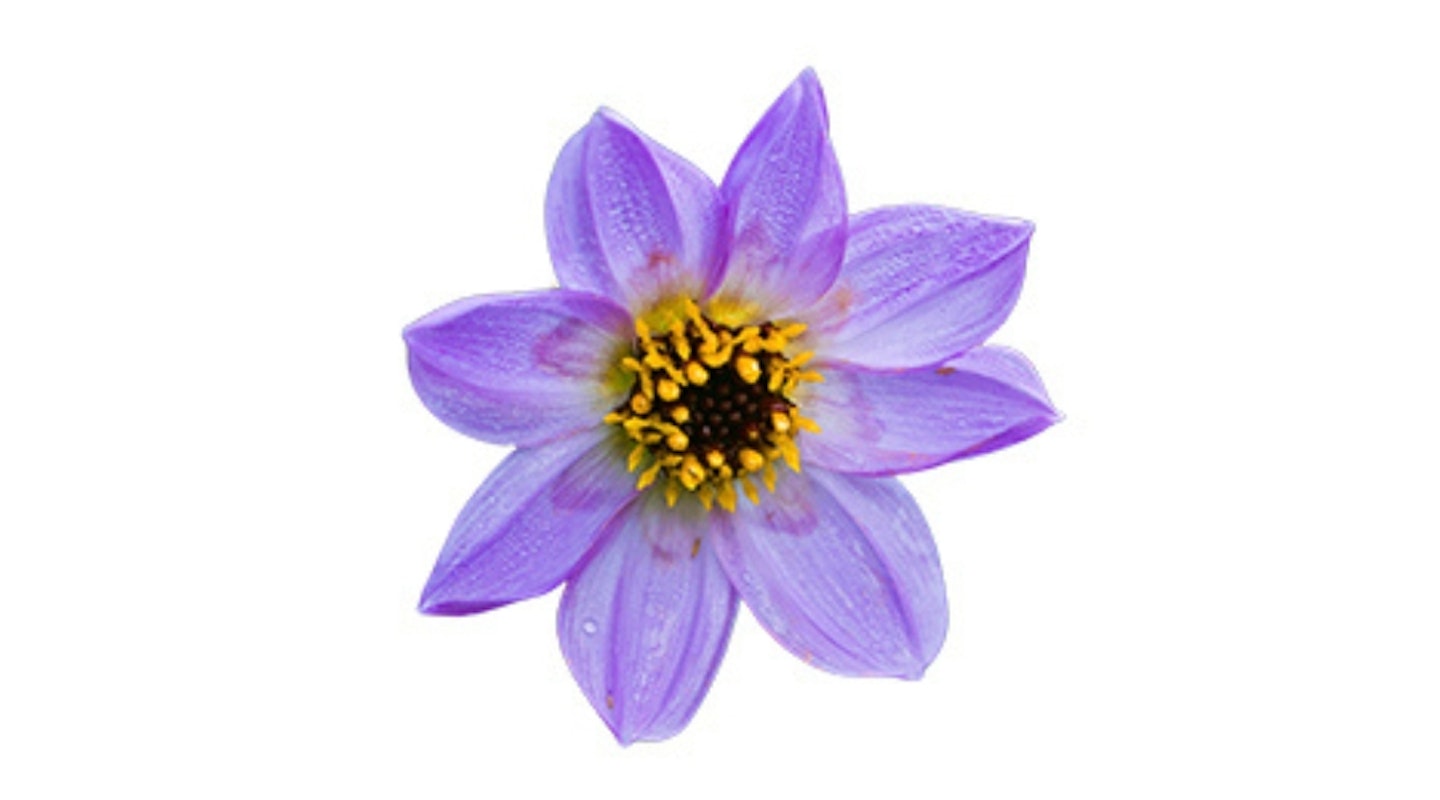
What to read next:
Subscribe to Modern Gardens magazine and get the most out of your outdoor space. Discover everything you need to know to make your outside space look fantastic, quickly and easily, with hundreds of simple ideas, designer tricks, affordable products and expert advice in every issue of Modern Gardens. View our latest subscription offers to save on shop prices.
Clare Walker is a freelance writer for Modern Gardens. When she's not penning her latest feature, you'll find her in a sunny spot in her garden dreaming up new ideas for her ever-expanding borders.
